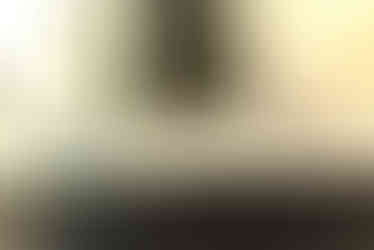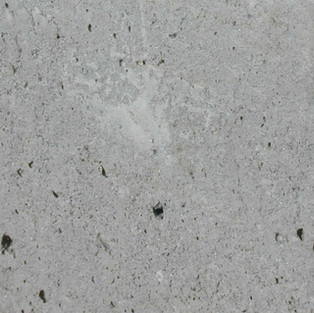CONCRETE BUG HOLES
- P-Concrete

- Aug 3, 2021
- 3 min read
”Hej man! It looks like you’ve used an MK46 against that wall! What the (censored) have you done here?”

Did it ever hapen to you to have beautiful fair-faced concrete wall that looks like ”gruyere”? Well...not that beautiful as you wish, right? Granted it is mainly an aesthetic issue but still...it hurts! Which are the causes and how to prevent the so called ”bug holes” phenomenon?
First of all what are these voids? They are air trapped between the forwork and the concrete. It can be trapped in the form of little bubbles or even quite big bubbles or a combination of those two.
Basically three are the main causes for the air to be trapped on the casted surface and they are related to:
Forms
Concrete
Placing methodologies
FORMS
Take a good look to your forms. Are they damaged or bended, well, don’t use them otherwise you’ll face problems in tighting them with high chance to have honeycombs and air introduction hard to get rid of. Are they rough or unplaned? This will not help the concrete flowing and expelling the excessive air, moreover they will most likely stick too much on the hardened surface and you will have bad surprises after dismantling the forms.
So choose smooth forms, plane and without dents. On top of that consider also the shape you are going to cast. Blocking phenomenon can contribute to a incomplete air expulsion.
Use proper release agent and over all don’t exceed! If you realize that there is too much release agent, just wipe it away, remember, too much release agent always brings bug holes issue. About the release agent quality I would suggest the mineral ones but tests are always the best way to decide. Watch out for moisture before you spray the release agent. The forms must be dry or it is sure as death that you’ll have bug holes.
CONCRETE
Basically a mix design which fosters bigger aggregates is always better than an “oversanded” curve. Why so? Wel during the vibration process air can be more easily expelled and the cement paste can better flow through the big aggregates and cover them more thoroughly. Of course this calls for very skilled labour to properly compact the concrete without incurring in honeycombs. The concrete must be well mixed so take into consideration a little extra time to do this. Don’t choose concrete with low workability, S5 or SCC are always the best choice. The manufacturer has furthermore the responsibility to provide a mix where not only the curve is well balanced and designed specifically for fair-faced concrete but also to test which admixture works better in not retaining undesired air.
PLACING METHODOLOGIES
How much time do you normally use to cast fair-faced concrete? Well use a little more…it’s well-spent time. As said before you need skilled labour who can use properly the vibrating tools using all the needed time to get rid of the excessive air, especially the air trapped on the surface; on top of that remember the golden rule “don’t cast the concrete from more than 50 cm. high” it’s not only a matter of segregation (which WILL happen) but also a matter of more air “stored” into the concrete mass while falling.
About compaction, again, the skills of the labour is vital: too little vibration and honeycombs and bug holes will be the natural consequence, too much vibration and you’ll face the same situation. The overlap vibration along the process is another delicate fase that only the expert ones can effectively supply with.

























Comments